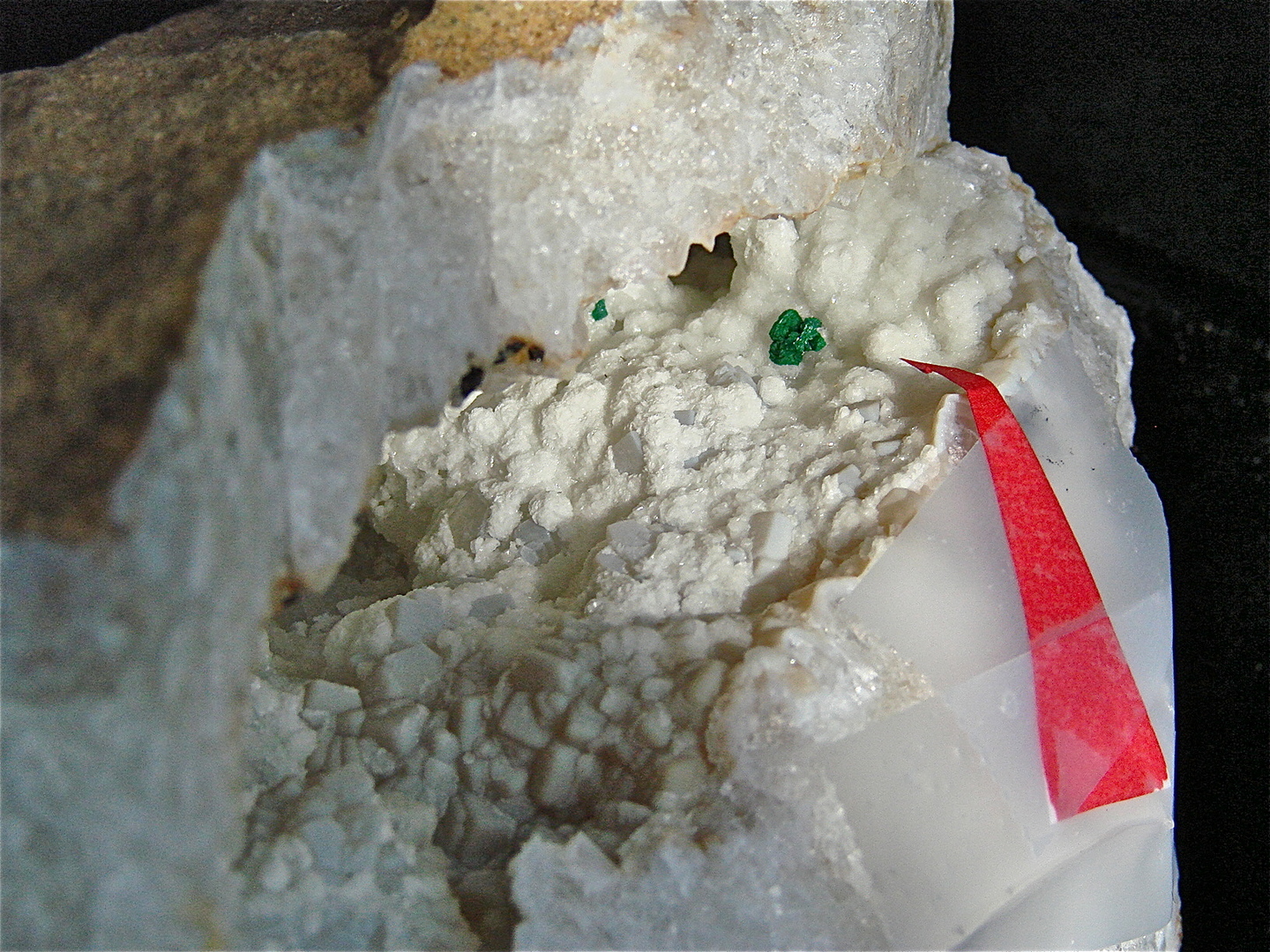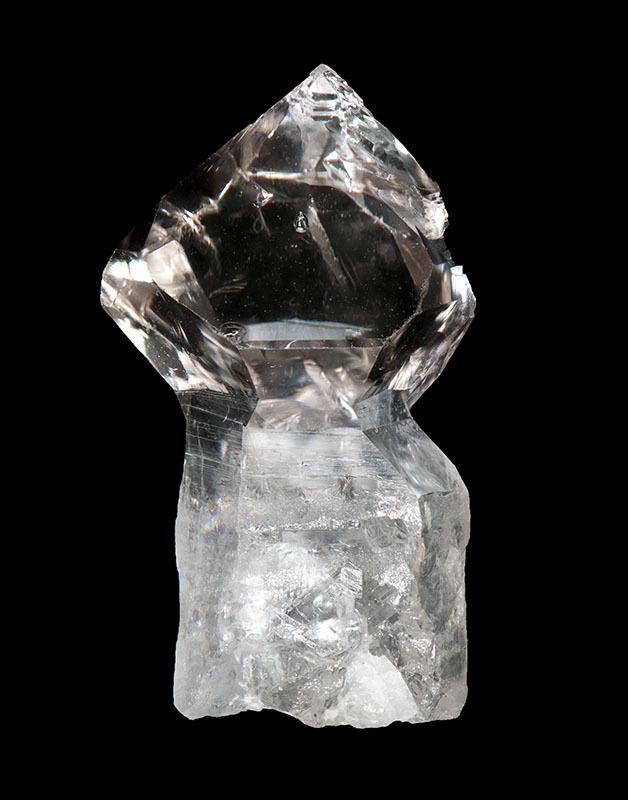Home PageAbout MindatThe Mindat ManualHistory of MindatCopyright StatusWho We AreContact UsAdvertise on Mindat
Donate to MindatCorporate SponsorshipSponsor a PageSponsored PagesMindat AdvertisersAdvertise on Mindat
Learning CenterWhat is a mineral?The most common minerals on earthInformation for EducatorsMindat ArticlesThe ElementsThe Rock H. Currier Digital LibraryGeologic Time
Minerals by PropertiesMinerals by ChemistryAdvanced Locality SearchRandom MineralRandom LocalitySearch by minIDLocalities Near MeSearch ArticlesSearch GlossaryMore Search Options
The Mindat ManualAdd a New PhotoRate PhotosLocality Edit ReportCoordinate Completion ReportAdd Glossary Item
Mining CompaniesStatisticsUsersMineral MuseumsClubs & OrganizationsMineral Shows & EventsThe Mindat DirectoryDevice SettingsThe Mineral Quiz
Photo SearchPhoto GalleriesSearch by ColorNew Photos TodayNew Photos YesterdayMembers' Photo GalleriesPast Photo of the Day GalleryPhotography
╳Discussions
💬 Home🔎 Search📅 LatestGroups
EducationOpen discussion area.Fakes & FraudsOpen discussion area.Field CollectingOpen discussion area.FossilsOpen discussion area.Gems and GemologyOpen discussion area.GeneralOpen discussion area.How to ContributeOpen discussion area.Identity HelpOpen discussion area.Improving Mindat.orgOpen discussion area.LocalitiesOpen discussion area.Lost and Stolen SpecimensOpen discussion area.MarketplaceOpen discussion area.MeteoritesOpen discussion area.Mindat ProductsOpen discussion area.Mineral ExchangesOpen discussion area.Mineral PhotographyOpen discussion area.Mineral ShowsOpen discussion area.Mineralogical ClassificationOpen discussion area.Mineralogy CourseOpen discussion area.MineralsOpen discussion area.Minerals and MuseumsOpen discussion area.PhotosOpen discussion area.Techniques for CollectorsOpen discussion area.The Rock H. Currier Digital LibraryOpen discussion area.UV MineralsOpen discussion area.Recent Images in Discussions
Educationpseudocubic quartz
19th Aug 2018 22:23 UTCJennifer Cindrich
-can anyone supply a link to more references/reading on it?
-How rare is it?
-At what other localities do they exist?
Thank you,
Jennifer

20th Aug 2018 00:18 UTCTom Klinepeter
20th Aug 2018 01:01 UTCKeith Compton 🌟 Manager
Try these:
http://www.minsocam.org/ammin/AM14/AM14_50.pdf
Frank C. Perham (1961) A Find of Rare Pseudo-Cubic Quartz Crystals in Maine, Rocks & Minerals, 36:5-6, 240-241
Flick, Heiner & Weissenbach, N. (1978). Pseudo-cubic quartz crystals of magmatic origin in rhyolites (quartz keratophyres) from the Rheinisches schiefergebirge. Mineralogy and Petrology - MINER PETROL. 25. 117-129.
20th Aug 2018 01:36 UTCPavel Kartashov Manager
20th Aug 2018 02:34 UTCJennifer Cindrich

20th Aug 2018 03:02 UTCAlfredo Petrov Manager
20th Aug 2018 04:03 UTCPaul Brandes 🌟 Manager
20th Aug 2018 12:54 UTCJennifer Cindrich
20th Aug 2018 13:05 UTCJennifer Cindrich
https://geoinfo.nmt.edu/publications/periodicals/nmg/25/n3/nmg_v25_n3_p63.pdf

20th Aug 2018 14:52 UTCKelly Nash 🌟 Expert

20th Aug 2018 15:58 UTCAlfred L. Ostrander
Is a "false" varietal form a better way of identifying this form than referring to it by the name of its true form? Is a varietal name to be preferred over a correct crystallographic form? Or is it just too hard to stop for a moment and learn the true crystallography over an implied false crystallographic form? The same can be said of the ever popular pseudo-octahedron. If it is a false octahedron, why not learn the true name of the form?
I realize crystallography is not all that easy. I have studied it for over forty years now. It can be confusing with all the different methods and approaches that have been used through out time. I have spent the last couple of months corresponding with a good friend as the two of us have very seriously explored the various approaches to crystallography. And we are not yet done. We have sometimes laughed and other times groaned at the confusion generated by different authors, each preferring their own method and nomenclature. How many know what a pentagon-tritetrahedron or a trigon-trioctahedron are? Yes, they are real forms. Still, real forms are being dealt with, not varietal names or pseudo names.
Sometimes I have to laugh as I remember an old Boy Scout song, "Catalina Magdalena Whoopinsteiner Wallendiner Hogan Mogan Logan was Her Name". And please, feel free to list any variants or spellings of this name you might have learned. Of course, please remember, she got it from her father just the same, same, same.
Call me crazy but I prefer dealing with real forms rather than pseudo forms.

20th Aug 2018 16:24 UTCAlfredo Petrov Manager

20th Aug 2018 16:28 UTCKelly Nash 🌟 Expert
20th Aug 2018 16:36 UTCJohan Kjellman Expert
-------------------------------------------------------
> Can anyone explain to me why the varietal name
> pseudocubic quartz seems to be much more popular
> or accepted than a name truly relating to its
> crystallography such as rhombohedral quartz.
I get what you mean Alfred but I suppose just because it is an oddity and an oddities often have "popular" names. Moreover, "pseudo-cubic" is not wrong or false because such crystals are actually nearly or almost cubic and "pseudo-cubic" has the advantage of shortly communicating the "odd" character to anyone hearing it, thus short for "hey, it is rhombohedral but almost looks like a cube".
cheers

20th Aug 2018 16:53 UTCErik Vercammen Expert
20th Aug 2018 17:17 UTCJennifer Cindrich

20th Aug 2018 17:29 UTCWayne Corwin
The cubic scepter quartz has a small milky quartz core you can see inside, the base is a larger broken milky quartz, with yellow/green cookite in many places.
20th Aug 2018 17:35 UTCJennifer Cindrich

20th Aug 2018 18:42 UTCHolger Hartmaier 🌟

20th Aug 2018 19:03 UTCAlfred L. Ostrander
I accept the notion that common usage often gets deeply ingrained into language. Thank you Alfredo, John and Eric. Still, is it right to just keep on keeping on because that is the way it has been done for a long time? Consider this "Me and my friends went rockhounding." This form in the English language is common usage. But might it sound silly if I said "Me went rockhounding.". Or does the statement "I went rockhounding." make better sense?
And heaven help the poor soul who brings up anything metaphysical. Run for the hills. Bring up crystallography, run for the hills.
And Johann, it is almost a cube. But it is so much more. Why not indicate that? Short cuts often do come up short.
And Jennifer, I hope you learned something about pseudocubic quartz. It is more than a false form. It really is a rhombohedron as I described it. That does make it rhombohedral as a habit. You did ask for more information. I gave it as I see it. When pseudocubic quartz comes up in discussion, very few times does anybody bother to make note of what it really is. Thank you for your gracious reply. I did not intend to hijack your thread.

20th Aug 2018 21:28 UTCKelly Nash 🌟 Expert

20th Aug 2018 22:07 UTCWayne Corwin
It's from what was "Treasure Mt" in Little Falls, NY.
20th Aug 2018 23:39 UTCJennifer Cindrich
Here is one I found in a geode in central Texas. They are about 3mm in size.

21st Aug 2018 01:56 UTCWayne Corwin

21st Aug 2018 16:56 UTCEd Clopton 🌟 Expert
21st Aug 2018 19:22 UTCScott Rider
21st Aug 2018 21:57 UTCJeff Weissman Expert
22nd Aug 2018 01:39 UTCJennifer Cindrich
22nd Aug 2018 03:49 UTCDean Allum Expert
The February 2018 issue of Rock & Gem contains an article about pseudo-cubic quartz crystals contained in Keokuk geodes.
-Dean
22nd Aug 2018 18:10 UTCJennifer Cindrich
That is an interesting article. I have found several with the chalcedony coating as well. The pseudocubic quartz in the geodes I find are contained in about every 1 in 10. Which doesn't seem very rare to me.
Jordan Marche II states,
'then these types of Keokuk geodes might represent the most common occurrence of pseudocubic quartz crystals that are currently known.
At present, I know of only two localities where geodes of this type have been found. Both are located in the Hamilton, Illinois, area.'
https://tghost.me/download_file/RX6fd70XZv3AbKf/2018-02-01%20Rock&Gem_%28GeoHamrah.ir%29.pdf
Add my locale
2nd Sep 2018 18:08 UTCDon Windeler
Earlier this year I bought a pseudocubic amethyst thumbnail from Madagascar at an online auction. Just a few weeks later I ran across another from Zimbabwe that was so similar in presentation that I had to pick it up to make a pair. Pictures from similar angles are below.
Specimen on the left is attributed to the Kahore Mine, Karoi, Zimbabwe. (This mine is not listed in MinDat.) About 2.7 cm tall, with the longest edge on the crystal 1.7 cm. Specimen on the right is from Ambohimasina, Antananarivo Province, Madagascar. 2.2 cm tall, longest edge 1.1 cm.
Front views:
Looking down the ends:
Backsides:
Cheers,
D.

7th Sep 2018 17:10 UTCDonald B Peck Expert
Neat specimens!! But they look more "pseudotetragonal" than pseudocubic! ;<}
Don

7th Sep 2018 17:43 UTCBob Harman

7th Sep 2018 18:21 UTCBob Harman
1 mm - 3mm. One is on aragonite, coating the pseudocubic quartz. The other seems to be on small hemispheric calcites. Malachite is very rare in Indiana geodes. For this thread tho, concentrate on the quartz, in both photos best seen in the left portion of the geode cavity.
If these postings on the pseudocubic quartz in geodes had been on the Midwest geode thread, it might have caught my attention earlier. CHEERS.....BOB
7th Sep 2018 20:20 UTCMatt Neuzil Expert
https://www.mindat.org/gallery.php?loc=54977&min=3337
9th Sep 2018 17:16 UTCDon Windeler
-------------------------------------------------------
> Don
>
> Neat specimens!! But they look more
> "pseudotetragonal" than pseudocubic! ;<}
>
> Don
Very true -- I've wondered about the "pseudocubic" term before and agree it's a bit sloppy for the pieces I showed! Just because it looks 90-degree-ish doesn't make it a cube.
Is there any theory as to what causes the quartz to grow in these odd forms? There are examples in this thread from both igneous and sedimentary environments.
Cheers,
D.

9th Sep 2018 17:29 UTCErik Vercammen Expert

10th Sep 2018 14:03 UTCEd Clopton 🌟 Expert

26th Mar 2023 14:21 UTCJulee Monahan




Mindat.org is an outreach project of the Hudson Institute of Mineralogy, a 501(c)(3) not-for-profit organization.
Copyright © mindat.org and the Hudson Institute of Mineralogy 1993-2024, except where stated. Most political location boundaries are © OpenStreetMap contributors. Mindat.org relies on the contributions of thousands of members and supporters. Founded in 2000 by Jolyon Ralph.
Privacy Policy - Terms & Conditions - Contact Us / DMCA issues - Report a bug/vulnerability Current server date and time: April 26, 2024 15:03:38
Copyright © mindat.org and the Hudson Institute of Mineralogy 1993-2024, except where stated. Most political location boundaries are © OpenStreetMap contributors. Mindat.org relies on the contributions of thousands of members and supporters. Founded in 2000 by Jolyon Ralph.
Privacy Policy - Terms & Conditions - Contact Us / DMCA issues - Report a bug/vulnerability Current server date and time: April 26, 2024 15:03:38























